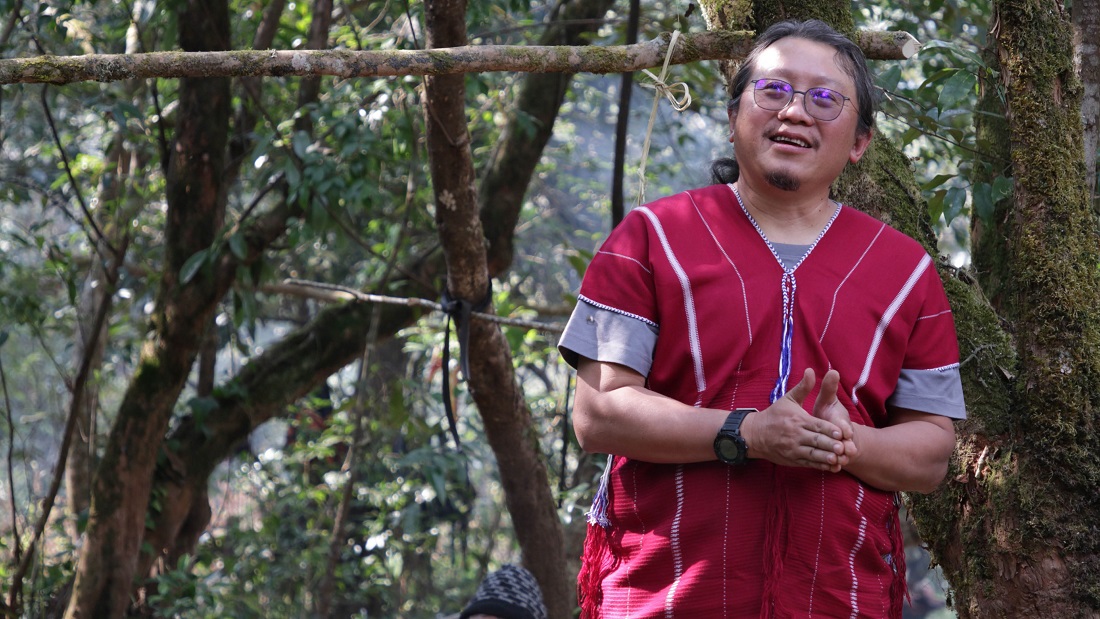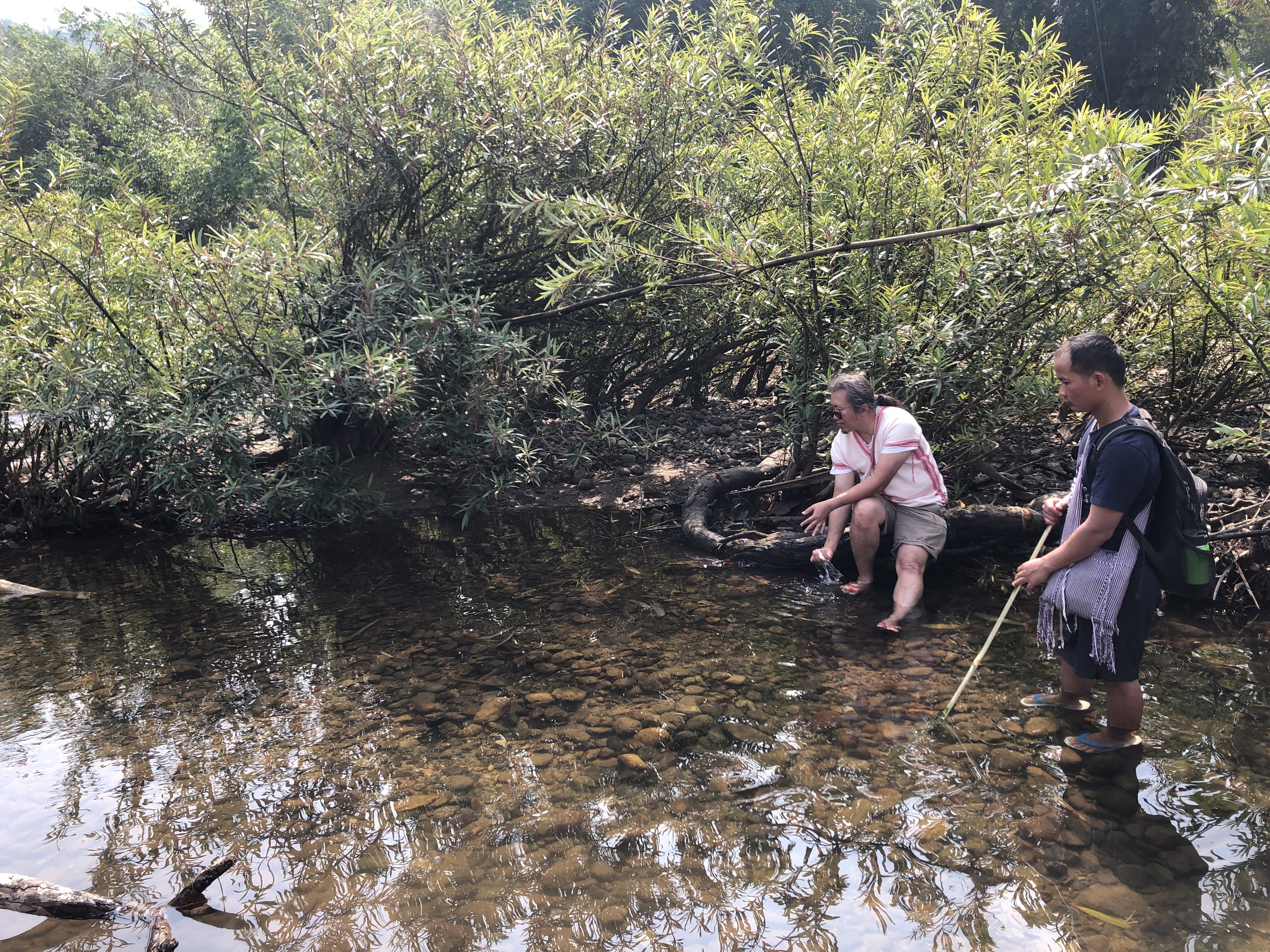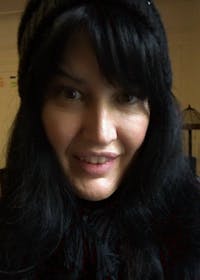Environmental Hero: Paul Sein Twa
- Nature Conservation
- Climate Heroes
- Land Conservation
- Indigenous Tenure
- Ecosystem Restoration
- Biodiversity
- Indomalaya Realm

2020 Goldman Environmental Prize Winner Paul Sein Twa. Image credit: Courtesy of Goldman Prize
Each week One Earth is proud to feature an environmental activist and hero from around the globe who is working to create a world where humanity and nature can coexist in harmony.
Paul Sein Twa considers himself to be a guardian of natural resources. Growing up, Paul experienced armed conflict at a very young age and realized the struggle his people were going through. Living along the Thai-Burmese border, he had to learn to maneuver conflict while the Indigenous Karen fought for their independence, waging a war that transpired into a 70-year armed political conflict.
Sein Twa feels deeply connected to the landscape of the Salween river basin, which is Asia’s longest free-flowing river that has some of the last remaining unaffected wilderness areas with expanses of teak forests that house tigers, endangered Sunda pangolins, clouded leopards, gibbons, Asiatic black bears, and sun bears. When his native land continued to be threatened, Paul decided to learn about Peace Parks, working with the organization he co-founded, the Karen Environmental and Social Action Network (KESAN).
Transboundary protected areas known as Peace Parks preserve cultural heritage and biodiversity using conservation to promote peace building. As industrial development increased, Sein Twa worked with local government facilitating a community-driven approach to protect the Salween River basin. In addition, he went to meetings around the globe to learn about various conservation approaches and launched a proactive strategy of environmental protection for his community. In 2016, Sein Twa and KESAN worked with the Karen civil society to mobilize community support where they held educational meetings in addition to public consultations and seminars, with 348 villages representing approximately 68,000 people.
Sein Twa soon received approval for a charter and governance structure, amassing 75% community support. Working with the Karen Forest Department, they sought to replace colonial forestry principles with Indigenous traditional practices using landmarks to define borders and documenting biodiversity while conducting data analysis in the forests.

2020 Goldman Environmental Prize Winner Paul Sein Twa and community members in the Salaween Peace Park. Image credit: Courtesy of Goldman Prize
Indigenous wisdom protects forests and according to recent research published in November 2020 by Rights + Resources, Indigenous land stewardship is key to achieving the United Nations’ goal of protecting and restoring biodiversity by 2030. However, the challenge here is that biodiversity conservation areas extend along territories claimed by Indigenous Peoples where colonial history is complicit in many human rights issues that have been violated with 136 million Indigenous being displaced from their homes while dealing with military forms of violence. As Myanmar transitions into a capitalist democracy, practices like logging, mining, agribusiness, dams, and rubber extraction in the area have only increased.
After nearly three years the project was a success and near the end of 2018, the Karen people announced the formation of Salween Peace Parks. The park is massive at 1.35-million-acres and includes 27 community forests with three wildlife sanctuaries. Endangered tigers, Sunda pangolins, black and sun bears, gaur, and hoolock gibbons are all now protected from extractive industries and development projects. The park’s borders were specifically designed to include proposed dam sites to halt destructive megaprojects.



